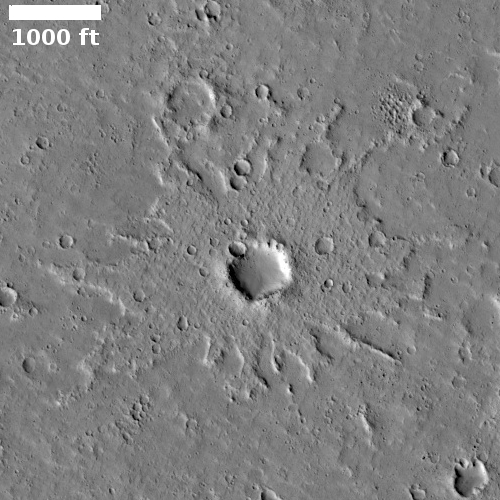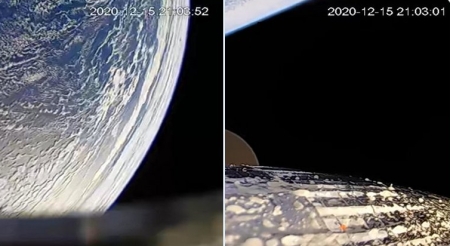Pennsylvania: zero or little evidence open gyms or restaurants spread COVID-19
Chicken Little report: Pennsylvania health officials in one county admitted today that they have found zero evidence that open gyms spread COVID-19, while with restaurants the only evidence of spread is among restaurant workers, not patrons.
[T]wo local government leaders confirm contract tracing shows these businesses had low incidence of spreading the virus. “We were not able to find transmission in gyms, and we had almost no transmission in restaurants,” Montgomery County Chairwoman Dr. Valerie Arkoosh said at a Wednesday press conference.
There is some incompleteness in the contract tracing, but all the tracing they have done has consistently found no justification for closing gyms or restaurants. This data also confirms other data from other states.
But facts don’t matter to Pennsylvania’s Democratic Party governor, Tom Wolf and his cross-dressing health secretary, “Rachel” Levine, a guy who makes believe he is a woman.
Last week, Wolf and Department of Health Secretary Dr. Rachel Levine issued new rules saying restaurants could no longer continue with in-person dining or alcohol sales, and “indoor operations at gyms and fitness facilities are prohibited.”
Those rules are set to expire on January 4, but that still amounts to three-and-a-half weeks of what the restaurant industry is calling a de facto shutdown. Restaurants are able to continue with take out and delivery services.
What difference the lock down will destroy lives and ruin businesses? The important thing is to demonstrate the power and majesty of these government officials.
Chicken Little report: Pennsylvania health officials in one county admitted today that they have found zero evidence that open gyms spread COVID-19, while with restaurants the only evidence of spread is among restaurant workers, not patrons.
[T]wo local government leaders confirm contract tracing shows these businesses had low incidence of spreading the virus. “We were not able to find transmission in gyms, and we had almost no transmission in restaurants,” Montgomery County Chairwoman Dr. Valerie Arkoosh said at a Wednesday press conference.
There is some incompleteness in the contract tracing, but all the tracing they have done has consistently found no justification for closing gyms or restaurants. This data also confirms other data from other states.
But facts don’t matter to Pennsylvania’s Democratic Party governor, Tom Wolf and his cross-dressing health secretary, “Rachel” Levine, a guy who makes believe he is a woman.
Last week, Wolf and Department of Health Secretary Dr. Rachel Levine issued new rules saying restaurants could no longer continue with in-person dining or alcohol sales, and “indoor operations at gyms and fitness facilities are prohibited.”
Those rules are set to expire on January 4, but that still amounts to three-and-a-half weeks of what the restaurant industry is calling a de facto shutdown. Restaurants are able to continue with take out and delivery services.
What difference the lock down will destroy lives and ruin businesses? The important thing is to demonstrate the power and majesty of these government officials.







